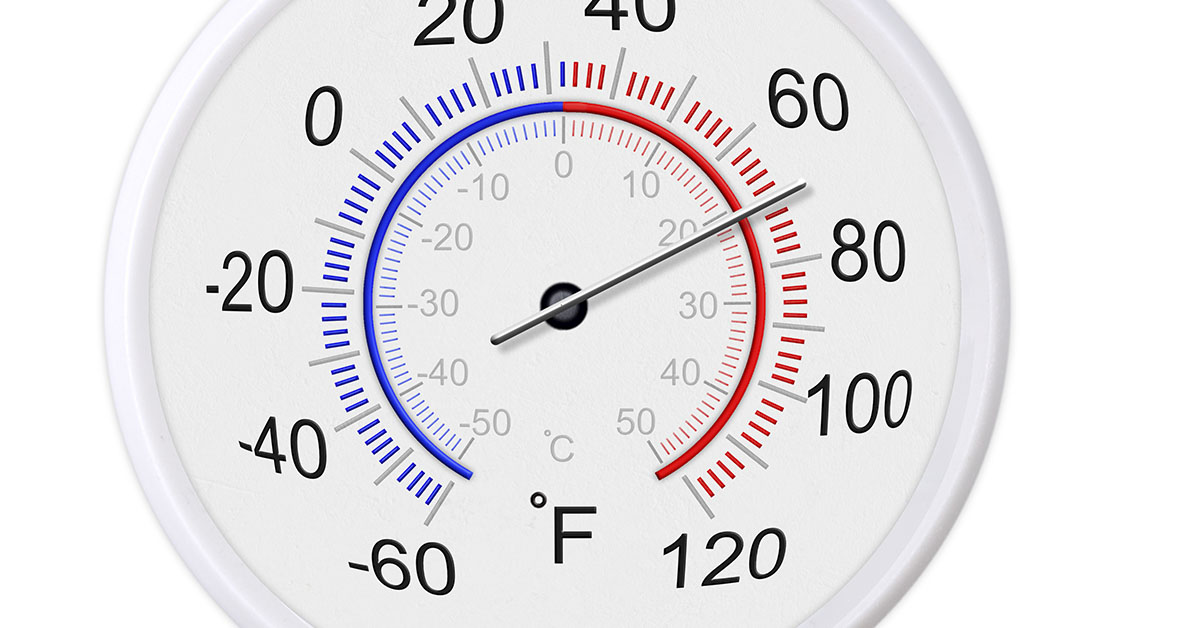Passive House is a concept for an energy efficient building. The design is structured to maintain room temperature inside with little to no energy used for heating or cooling. Patrick McCunney owns one of these houses in Maine, and he shares the in-and-outs of his 1,500-square-foot, two-story New England farmhouse-style home. He and his wife, Madeleine Mackell, decided to build the structure knowing they’d save more money in the long-run. For instance, they don’t have or need a furnace or air conditioner.
What is a Passive House?
The idea for a Passive House (or Passivhaus in German) was conceived in 1988 by Bo Adamson of Lund University in Sweden, and Wolfgang Feist of the Institute for Housing and the Environment in Germany. The first four Passive Houses were built in 1990. Feist went on to start the Passive House Institute in 1996, an independent research institute that develops the concept and promotes energy-efficient architecture. Today there are tens of thousands of different versions of these houses all over the world.
A Passive House needs to have airtightness, good insulation, quality windows, and ventilation systems with heat recovery. After they are built, the houses undergo a quality assurance process—which examines the temperature, humidity, airtightness, and overall energy use—before they are certifiably Passive Houses. This certification process creates a globally consistent standard. [1]
McCunney and Mackell’s home demonstrates this standard. McCunney who is a mechanical engineer, explains that his living space maintains a temperature of 70 degrees Fahrenheit (21 degrees Celcius). “And once you set that temperature the house, because of its airtightness and amount of insulation, it maintains that temperature pretty efficiently.” And there’s no furnace required. “Just this small little heat pump,” he explained. “Relying a lot on the sun to heat, which in the winter is pretty amazing.” [2]
There are solar panels on the roof, and on sunny days, they can generate four times the amount of energy the house needs. Therefore, they don’t need to worry about heating or electricity bills, aside from the connection fee to Central Main Power. “We wanted it to be a sustainable design and materials and the fact that we only have to pay $13 a month for our connection fee is just an added bonus,” Mackell says.
A House That Stay Warms Without a Furnace
McCunney adds that this kind of home provides more than potential financial security. It could help with energy security. “Also with a passive home, you’re severing yourself from the volatility of the energy world and what that brings and unknowns as we enter into this new warming planet and sort of provide some buffer against that chaos.”
Alan Gibson of the Belfast-based firm GO Logic was the builder of this Passive House. He had co-founded the company with the goal to specialize in structures designed for energy efficiency. However, these homes do cost about 10% more to build than traditional homes because they contain more elements. “There’s more insulation, there’s more care taken to make sure they are airtight, there’s the ventilation system, there’s better windows and doors. And people have a hard time getting beyond that even though we can show them pretty easily that the economic payback is there,” he says.
The extra cost also goes into the walls that are 15-inches thick from layers of sheathing and insulation, high-performance triple-glazed doors and windows, as well as a ventilation system that can bring in fresh air while retaining the heat inside. “And it has a heat exchanger in it that recovers almost all of the heat that’s being sent out and transfers that heat energy to the incoming air,” Gibson says. “So your incoming air is not 20 degrees if it’s 20 degrees outside. It’s warmed up to about 65.” So there’s no need for a furnace or space heater during the winter.
The Different Uses For Passive Houses
Despite the perks of the Passive House designs, they’re not always best-suited for single family homes. “If you can afford that, and that’s what you want to do, there’s no downside. I’ll say that,” says Naomi Beal. She is the executive director of the nonprofit passivehausMAINE, which works to expand on the design, especially for larger structures. According to her, that’s where there is the best cost to benefit equation. “The German model has always been for larger buildings. For multi-families, for commercial projects of all sorts: hospitals, prisons, dormitories. There’s not a barrier of cost at that level usually,” Beal says. “There’s not extra expense at that level. It’s just a matter of knowing how to do it.
As of 2016, there are about 60,000 Passive House buildings all over the world, including Mexico, Canada, China, Japan, Australia, the United Kingdom, and all over Europe. These include single-family houses, multi-family buildings, and even nursing homes. The standard is increasingly being used in non-residential buildings like hotels, schools, manufacturing plants, and administrative buildings. [3]
Sources
- “Passive House.” Your Home. Andy Marlow. 2020
- “This Maine home can stay 70 degrees without a furnace, even when it’s freezing outside.” Maine Public. Keith Shortall. January 25, 2023
- “Passive House Database.” Passipedia. December 6, 2018

